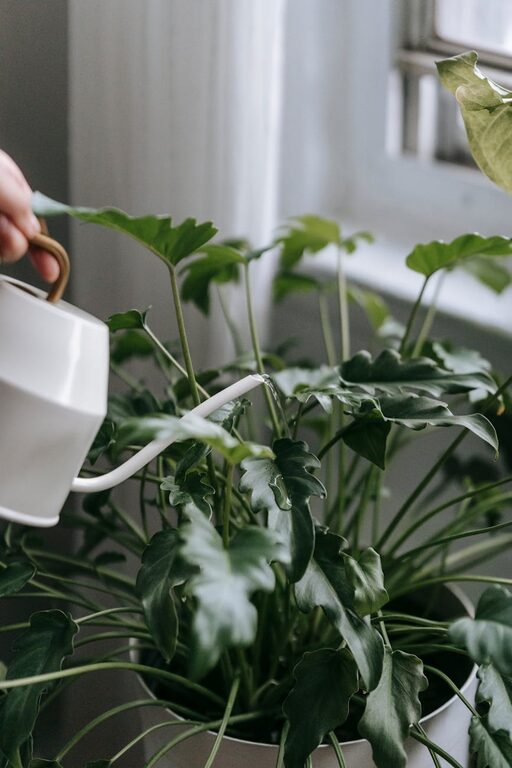Bringing houseplants into your living space can add beauty, improve air quality, and create a calming environment. However, keeping them healthy requires some knowledge and regular care. Whether you are new to indoor gardening or looking to improve your plant care routine, these tips will help your houseplants thrive.
Understanding Your Houseplants
Every houseplant has unique needs regarding light, water, soil, and humidity. Taking the time to understand those needs is the first step in successful plant care.
Know Your Plant’s Light Requirements
– Low light plants: Some plants like snake plants and pothos can survive in low-light areas.
– Bright light plants: Succulents and cacti need plenty of direct sunlight.
– Indirect light plants: Many tropical plants thrive with bright but indirect light.
Observe where your plant naturally grows and try to mimic those conditions indoors for best results.
Choose the Right Pot and Soil
– Use pots with drainage holes to prevent water from pooling at the bottom, which can cause root rot.
– Select a pot size that gives the roots enough room to grow but is not too large, as excess soil can hold moisture.
– Pick potting mixes suitable for your plant type. For example, succulents require well-draining soil, while ferns prefer moisture-retentive mixes.
Watering Your Houseplants Properly
Overwatering is one of the most common reasons houseplants fail. Conversely, underwatering can also cause distress.
Tips for Correct Watering
– Check soil moisture by sticking your finger about an inch into the soil. Water only when the top layer feels dry.
– Water thoroughly, allowing excess water to drain out of the bottom.
– Adjust watering frequency depending on season, temperature, and humidity—plants usually need less water in winter.
– Use room temperature water to avoid shocking the roots.
Signs of Watering Issues
– Overwatered plants: Yellowing leaves, wilted or mushy stems, mold in soil.
– Underwatered plants: Dry, crispy leaves, drooping, slow growth.
Maintain Proper Humidity and Temperature
Many houseplants, especially tropical varieties, thrive in humid environments.
– Increase humidity by misting leaves with water, using a humidifier, or placing a shallow tray filled with water and pebbles near your plants.
– Keep plants away from drafts, air conditioners, and heating vents, which can cause temperature fluctuations.
– Most houseplants prefer temperatures between 60-75°F (15-24°C).
Feeding Your Plants: Fertilizers and Nutrients
Plants need nutrients to grow strong and vibrant.
– Use a balanced, water-soluble fertilizer during the growing season (spring and summer).
– Avoid over-fertilizing, which can damage roots or lead to excessive leaf growth with fewer flowers.
– Follow label instructions and reduce fertilizer applications during fall and winter when growth slows.
Pruning and Repotting for Continued Growth
Pruning
– Regularly remove dead or yellowing leaves to keep plants healthy and prevent pests.
– Pinch back leggy growth to encourage bushier development.
– Prune flowering plants after blooming to promote new buds.
Repotting
– Repot plants every 1-2 years or when roots become crowded or visible through drainage holes.
– Choose a slightly larger pot and refresh soil to provide nutrients.
– Be gentle when handling roots to avoid damage.
Preventing and Managing Common Pest Problems
Houseplants can attract pests like spider mites, aphids, and mealybugs.
– Inspect plants regularly for signs of pests such as webbing, sticky residue, or small insects.
– Wipe leaves gently with a damp cloth.
– Use natural pest control methods like neem oil or insecticidal soap.
– Isolate affected plants to prevent pests from spreading.
Additional Helpful Tips
– Rotate your plants occasionally to ensure all sides receive even light.
– Clean dust from leaves to improve photosynthesis and keep plants looking fresh.
– Use saucers under pots to catch excess water and prevent damage to furniture.
– Research specific plant care for any new houseplants you bring home.
Final Thoughts
Keeping houseplants healthy and thriving is rewarding and adds life to your home. By understanding your plants’ needs and following these simple care tips, you can enjoy lush, vibrant greenery year-round.
Happy planting!

